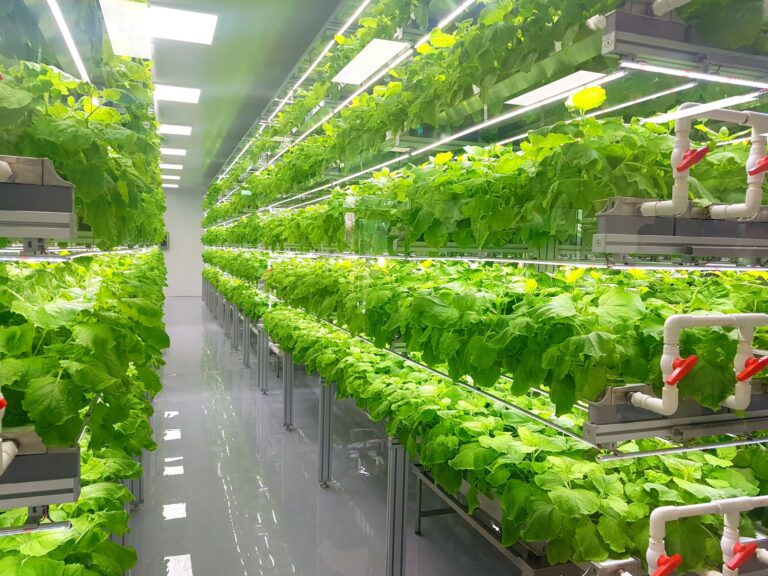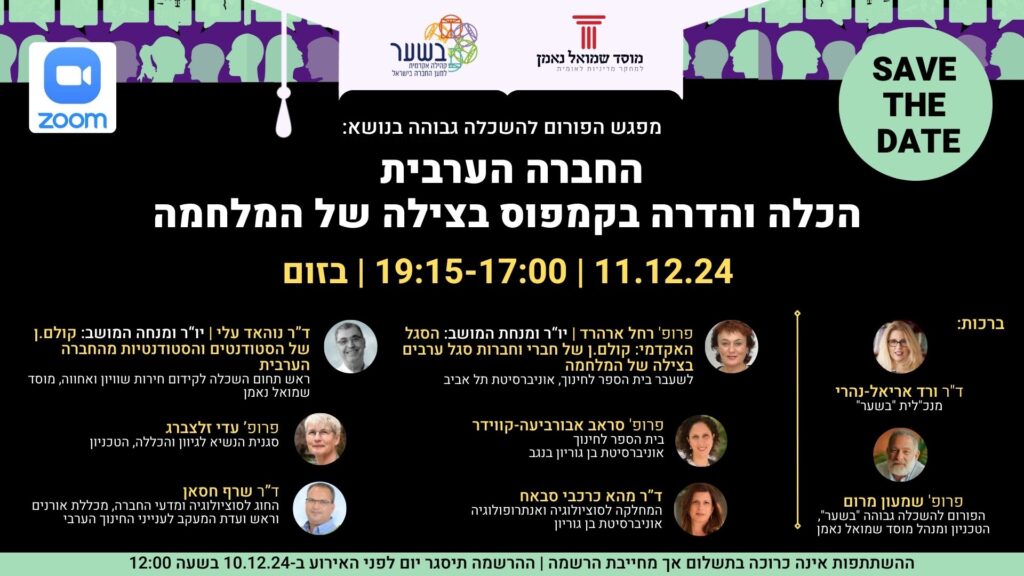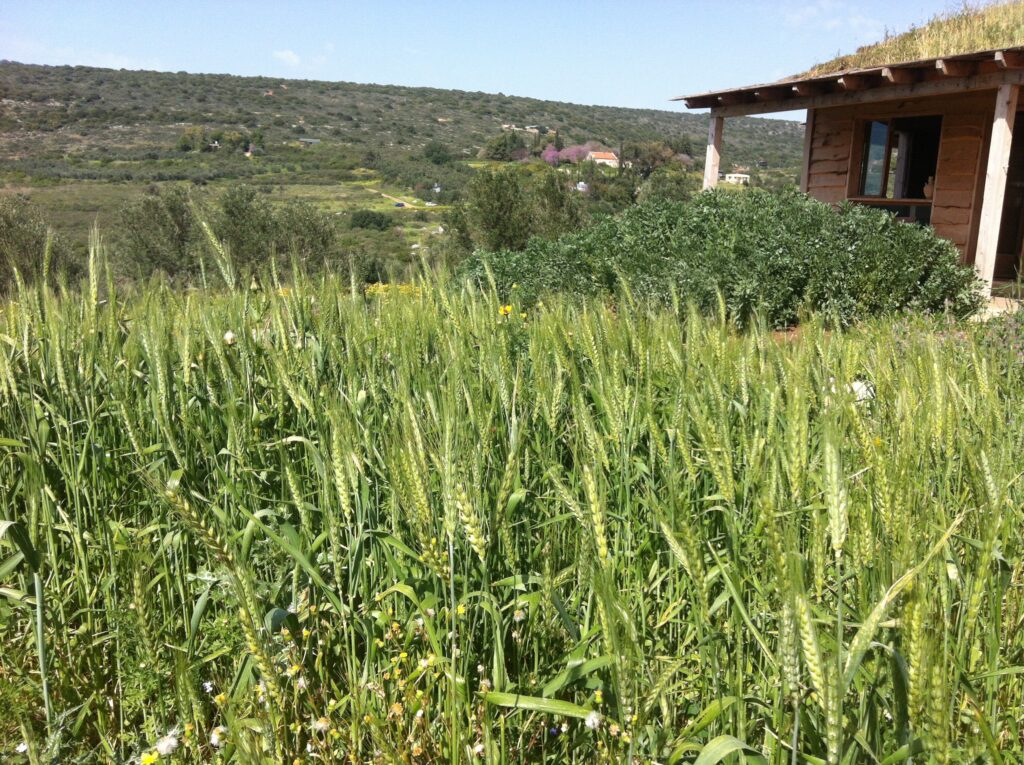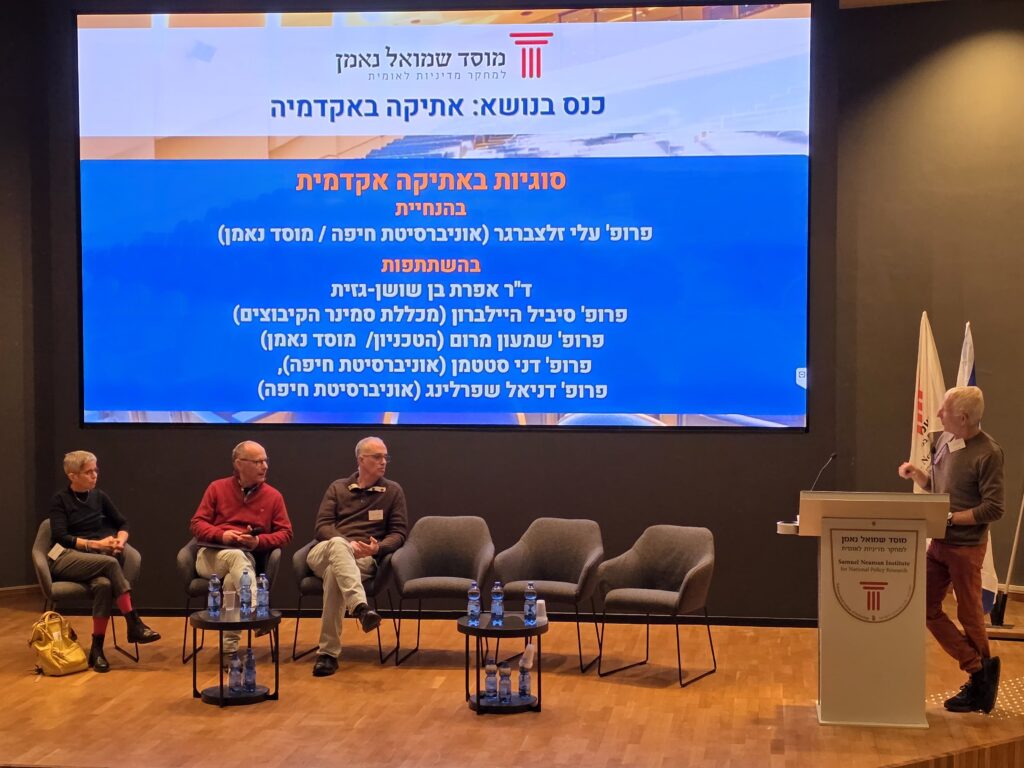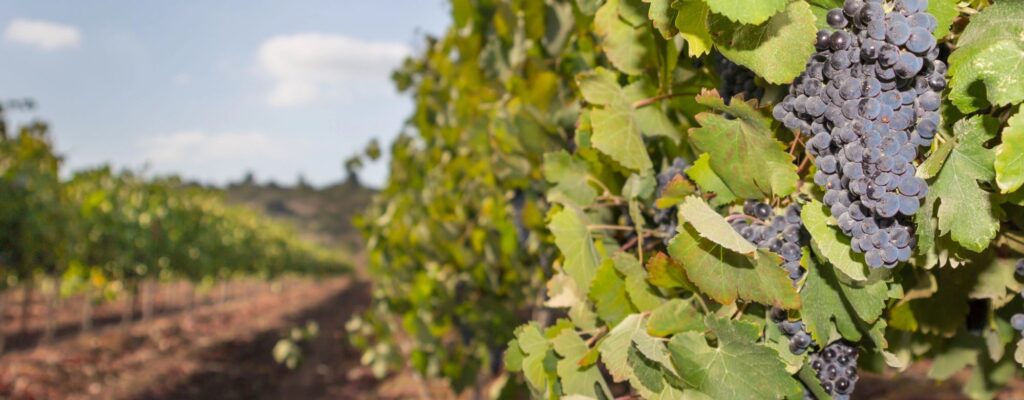The trends in global food supply security over the coming decades focus on increasing sustainable local production, reducing imports, minimizing emissions, and altering production processes to mitigate the effects of climate change. In Israel, the capacity to enhance local production and ensure food supply in the forthcoming years depends on three key challenges related to the production and demand for food:
1. Agricultural processing methods significantly affect the cost-effectiveness of food production and are contingent upon the challenges posed by climate change and targets for reducing external impacts.
2. Natural resources represent a major constraint on production expansion— the extent of land and water, including purified wastewater, will be insufficient for local food production in the coming decades, based on existing production and demand characteristics.
3. Consumer dietary habits influence both the demand characteristics across food groups and the management of current land use and decision-making regarding future food production.
The report analyzes these three central challenges in shaping food security in Israel and the interdependence among them. Thus, the reliance of processing methods on resource management, focusing on the availability and quality of land and water by 2050; the impact of land and water availability, that depend on climate change, on the quantity and quality of food, and especially the production of animal feed and protein; and lastly, the impact of the shift in dietary preferences and demand for various food types on local production volume, resource management, processing methods, and the feasibility to establish food security in Israel.
Data indicates that by using current methods, the cost of producing one kilogram of food from animal breeding is significantly higher compared to that from plant cultivation, both in terms of direct costs and environmental impact. Additionally, the critical dependence of plant cultivation on the quality of natural resources is evident.
This report clarifies that, with changes in crop composition, land management, and processing techniques, it is feasible to supply most of the recommended nutritional components for the population. The drivers that will enable the sustainable establishment of food security are through increasing supply and altering demand:
– Transitioning to precision and innovative agricultural processing methods as a prerequisite for efficient natural resource management. That, by shifting vegetable and some fruit cultivation to urban farms that are based on soil-less and vertical growing systems. The growth in urban farms will free up agricultural land for required field crops in the future.
– Modifying the variety of plant growth in agricultural land and adapting processing methods to climate change. That, by shifting to smart-irrigation crops (minimizing rain-fed crops) and, where applicable, cultivating them in greenhouses, tunnels, or net-houses to reduce climate change risks.
– Altering demand by transitioning to a Mediterranean diet, which will reduce strain on natural resources and healthcare costs, as well as promote local innovation and increase plant protein production.
The analysis shows that the average cost of producing the required food by 2050, for both regular and Mediterranean diets, is similar and will be approximately 42 billion shekels annually (at present value). The cost will remain comparable despite the Mediterranean diet requiring the production of about 14 million tons of food per year, compared to around 12 million tons per year under the current diet. A Mediterranean diet allows for lower production costs per kilogram of crop.
This identical cost is made possible by reallocating investments and adjusting the relative cost incurred in producing each food group. Focusing on the Mediterranean diet will direct resources towards the development of food groups such as fish, vegetables, legumes, and eggs, while the existing diet allocates most resources to meat, animal fats, and grains.
The benefits from transitioning to a Mediterranean diet are expected to grow as food production methods become more efficient and the cost of producing one ton of products decreases. Thus, particularly regarding the main foods in the Mediterranean diet – vegetables, grains, and legumes – all of which can improve processing techniques through precision agriculture and climate adaptation.
The advantages from these changes, driven by the three engines, are also reflected in reduced environmental costs, owing to decreased imports and animal breeding, as well as diminished healthcare costs stemming from the current diet.
The economic-environmental assessment is part of the Food Security 2050 project that produced several reports on the subject during the past year.


